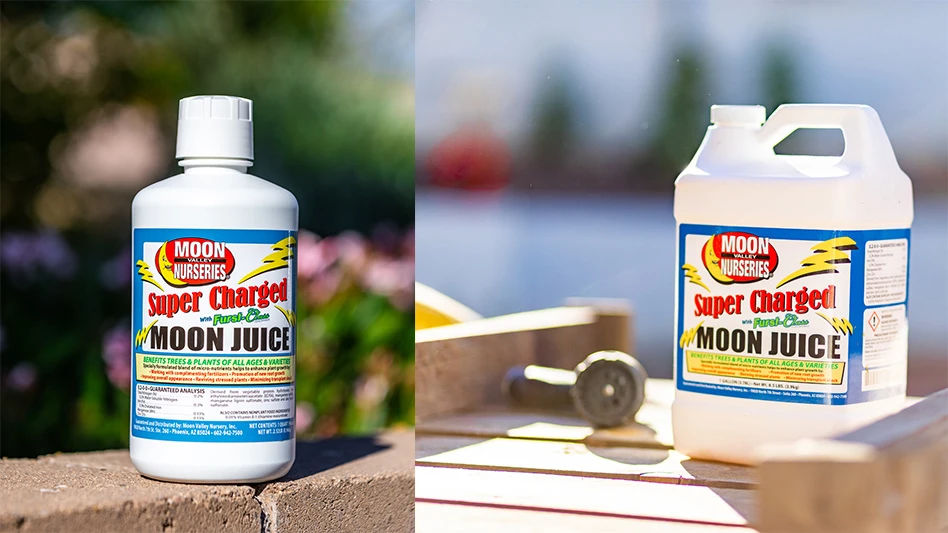 Weather cannot be controlled. But you can prepare for whatever Mother Nature decides to throw at you.
Weather cannot be controlled. But you can prepare for whatever Mother Nature decides to throw at you.
Snowstorms in the Northeast have become more intense in recent years, with wind and several feet of snow arriving overnight. Growers are facing stronger winters and drier summers.
Mike Emmons, nursery manager at Prides Corner Farms, recently spoke at IPPS Eastern Region’s annual meeting about how the Connecticut wholesale grower handles adverse weather.
“Our weather is changing,” Emmons says. “There are greater extremes. One foot of snow used to be a major snow event. Now, two even three feet of snow all in one shot is routine.”
The year 2011 was particularly terrible. A record amount of snowfall, a hurricane in August that led to a week without power, a snowstorm in October with the foliage still on the trees, disposing of tens of thousands of boxwood due to a cylindrocladium outbreak, and an audit by U.S. Immigration and Customs Enforcement all added up to a year the grower would rather forget.
“All Prides Corner Farms employees are forbidden to even mention the year 2011,” Emmons jokes.
But some good did come of the difficulties the nursery faced that year. Here are some tactics PCF learned to deal with extreme weather.
Reinforce your hoop houses.
Snow load has been a major issue for growers that overwinter plants in hoop houses, especially those in the Northeast U.S. PCF had several collapsed houses as a result of the massive 2011 snowfall.
In looking for potential solutions, PCF spoke with John Bartok, agricultural engineer and emeritus extension professor at the University of Connecticut (and frequent contributor to our sister publication Greenhouse Management). Bartok suggested PCF use wooden 2 x 4s placed every five hoops (20 feet) to help secure the houses and prevent the snow from collapsing the structures.
“This works exceptionally well,” Emmons says. “Even when the snow is just too much for the steel, the 2 x 4s prevent the house from falling in on the plants. You can replace a damaged pipe, but a damaged plant is unsalable.”
Know what your plants need.
 Many plants require little more effort than an overwintering structure and a white sheet of plastic.
Many plants require little more effort than an overwintering structure and a white sheet of plastic.
Rhododendron PJM, Hydrangea paniculata and H. arborescens, taxus, spirea, and viburnum are examples of a plant that requires minimal protection from the winter. A single covering of opaque plastic is all that is necessary. Other plants, like boxwood, buddleia roses and H. macrophylla require additional winter protection. PCF knows which of its plants require more care, and plans and acts accordingly.
Insulate vulnerable plants.
Another key to winter preparedness is the layout of your hoop houses. The coldest part of any hoop house is its ends. When setting up the hoop house for overwintering, PCF makes sure any plants that require additional protection stop 8 to 10 feet from each end of the house. Often, they will place tougher plants in those spaces left empty in houses containing more cold sensitive plants. These plants are used as an insulation buffer and to maximize the amount of plants in each house.
Also, beware of elevation changes. It might seem like a small aspect, but it can have a big impact. Some of PCF’s longer houses have as much as a 20 degree difference in temperature from top to bottom on a calm winter morning. If you know which of your houses have more drastic elevation changes, they should be stocked with plants that are tough especially when the low end is the north end.
Tuck your plants in for the winter.
A 2-millimeter sheet of plastic is placed along the outside edge during the time the plants are placed in the fall. The “poly blankets” are usually 14 feet wide for one side of the house to accommodate a hoop that is placed inside over the plants to keep the plastic from touching when it is pulled over them.
Emmons says it takes two people approximately 15 minutes to cover and secure the poly blanket in a typical 300-foot long house. An indication that the blanket was put on properly is when, almost immediately, a vapor film appears underneath the plastic.
At times, Emmons noted a nearly 30-degree difference between the temperature outside the house and under the poly blanket.
Emmons says PCF uses 420,000 feet of poly blanket each year. That translates to around 79 miles of film.
The poly blanket can be used in the spring during the transition when plants become active, but there can be fluctuations in spring temperatures.
“A few of our houses are north/south orientation requiring a white poly blanket that faces the south side,” Emmons says. “Using a clear sheet on this side, the temperature gets too warm. A white blanket keeps the temperature more stable.”
The poly blanket costs $.02 per square foot, which totals $168.00 of poly blanket per 300 x 14 foot house. Emmons and his team at PCF are believers that the cost is well worth the protection it provides.

Explore the December 2015 Issue
Check out more from this issue and find your next story to read.
Latest from Nursery Management
- Plant breeding as an art
- Society of American Florists accepting entries for 2025 Marketer of the Year Contest
- Sustainabloom launches Wholesale Nickel Program to support floriculture sustainability
- American Horticultural Society welcomes five new board members
- Get to know Christopher Brown Jr. of Lancaster Farms
- American Floral Endowment establishes Demaree Family Floriculture Advancement Fund
- The Growth Industry Episode 3: Across the Pond with Neville Stein
- The Growth Industry Episode 2: Emily Showalter on how Willoway Nurseries transformed its business





